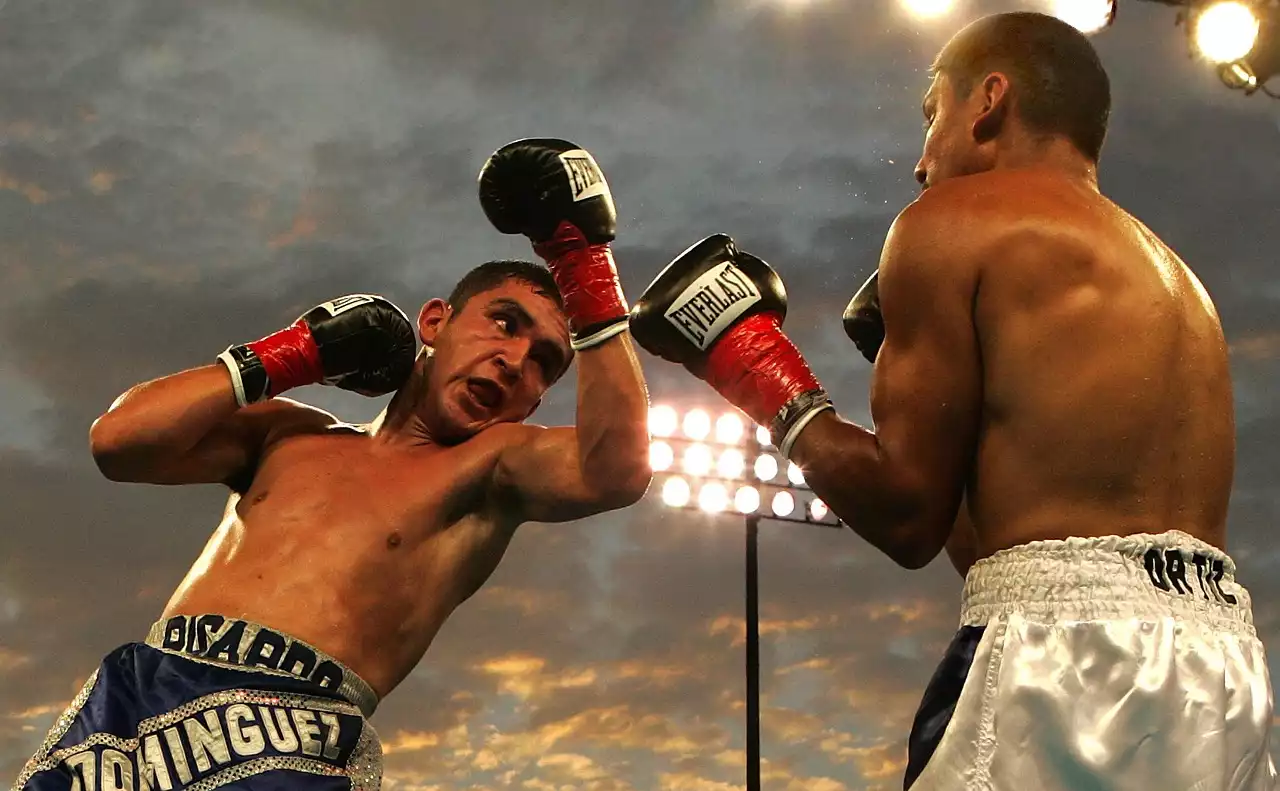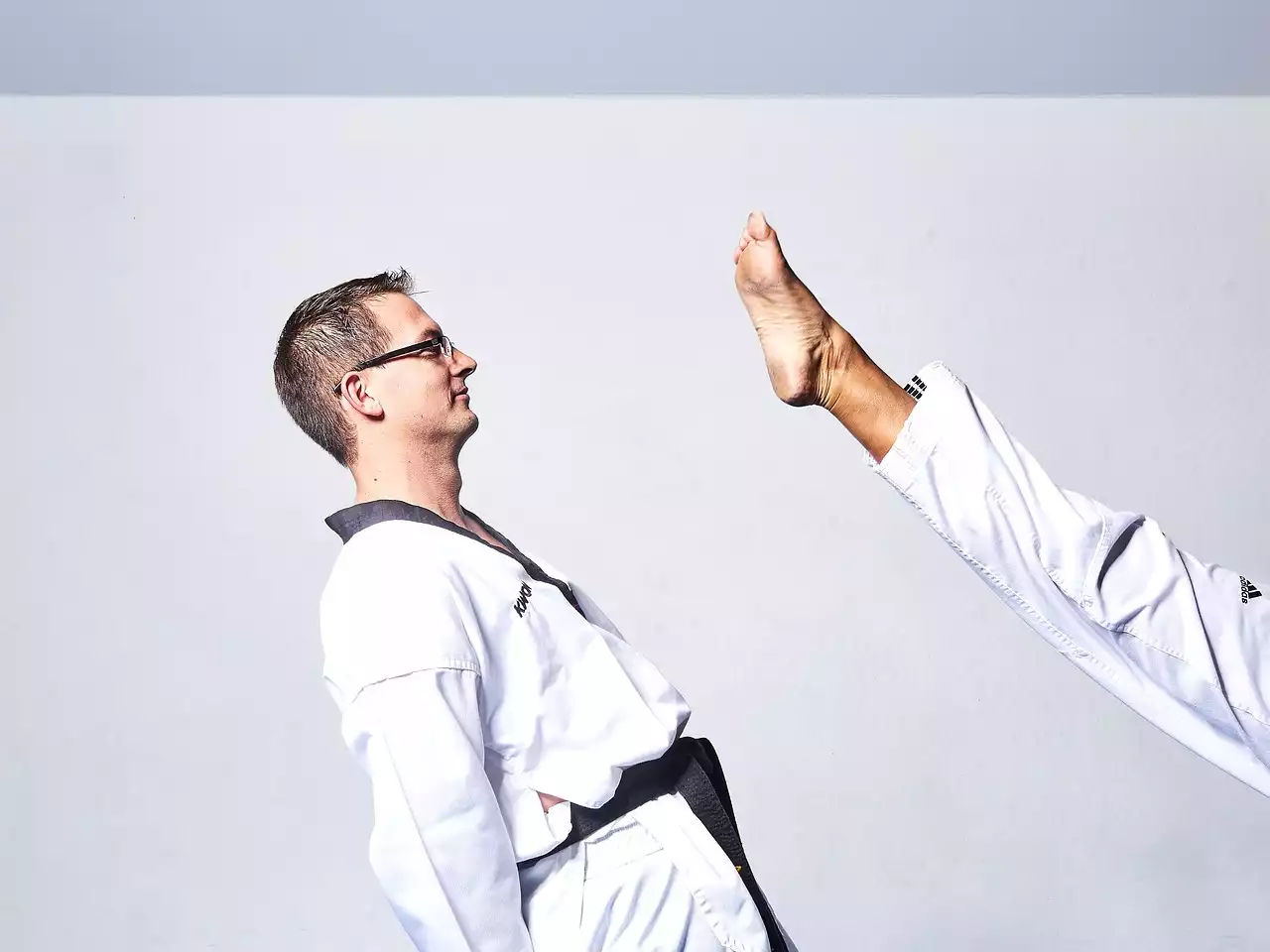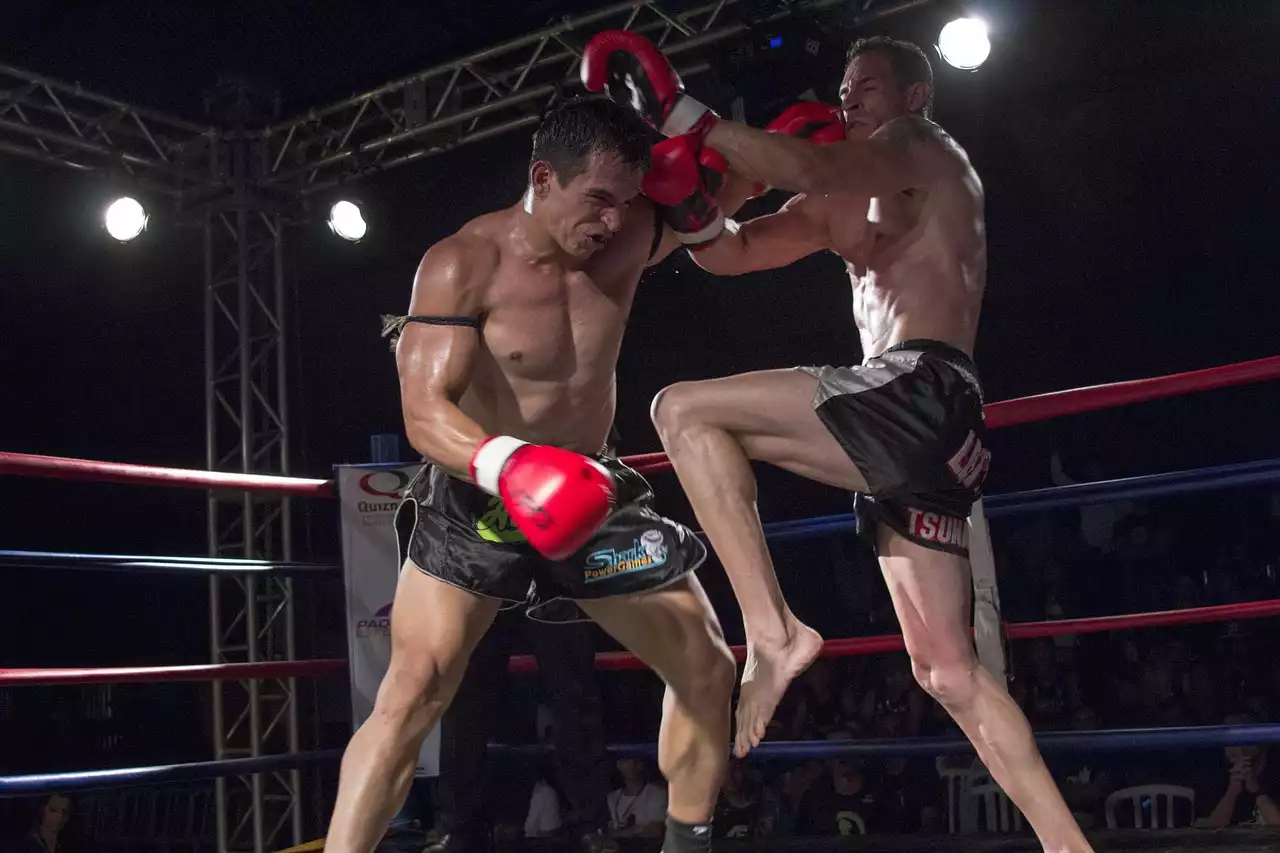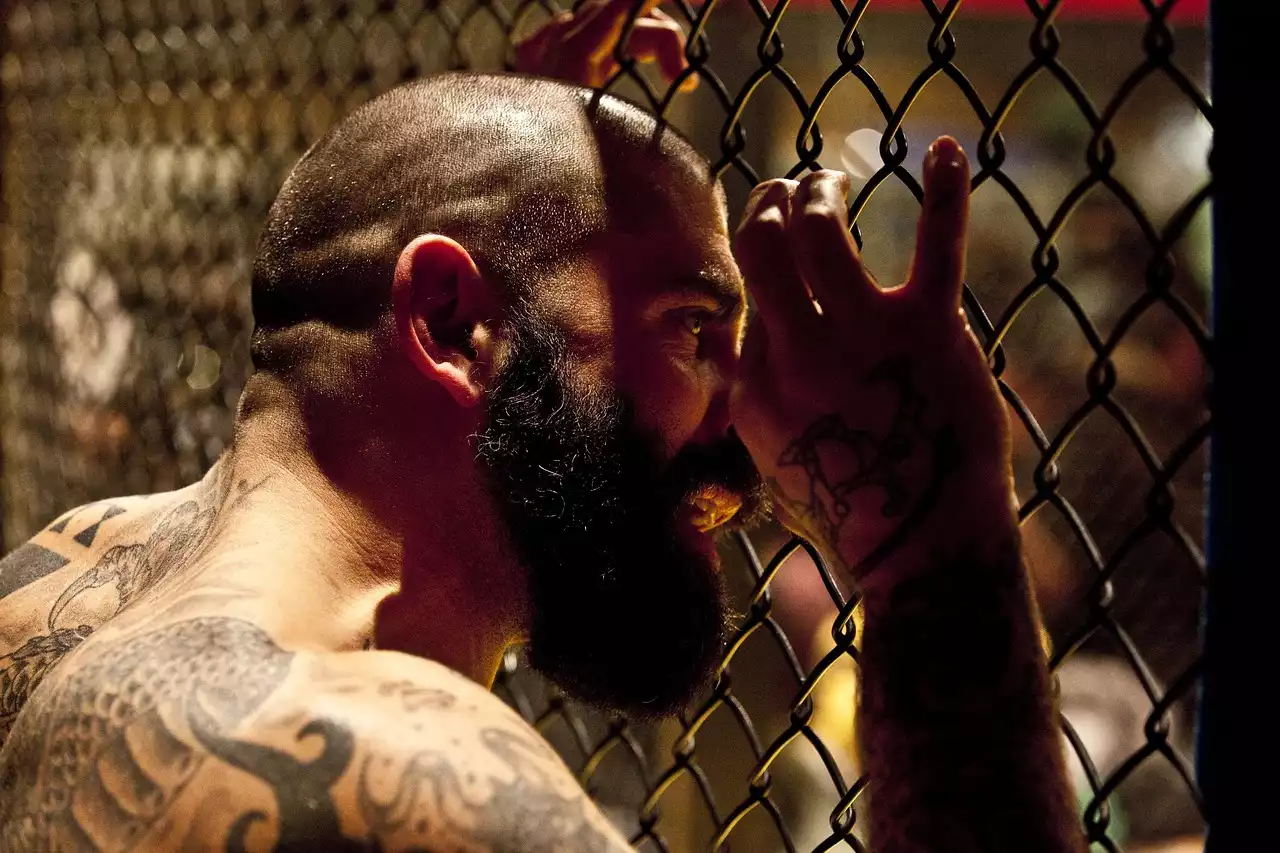The History of Boxing
Boxing is a sport with a rich history that dates back to ancient times. In Greece, boxing was part of the Olympic Games as early as 688 BC. The Romans also enjoyed boxing, and it was a popular sport in medieval Europe. However, it wasn't until the 18th century that boxing became a regulated sport with rules and weight classes.
The sport continued to evolve in the 19th century with the introduction of gloves and rounds. The Marquess of Queensberry Rules, established in 1867, helped to standardize the sport and make it safer. Today, boxing is a popular sport around the world, with many amateur and professional fighters competing in local and international competitions.
Boxing has also had a significant impact on popular culture, with many movies, books, and songs featuring the sport. From Rocky to Muhammad Ali, boxing has produced many iconic figures that continue to inspire and entertain people of all ages.
Boxing Fundamentals - Footwork, Stance, and Punches
To become a skilled boxer, you must first master the fundamentals of footwork, stance, and punches. Footwork is essential for boxing, as it allows you to move around the ring and avoid your opponent's punches. A good stance is also crucial, as it provides a solid base for your punches and helps you maintain your balance.
There are four basic punches in boxing - the jab, cross, hook, and uppercut. Each punch requires a different technique and can be used in different situations. The jab is a quick, straight punch that is used to keep your opponent at bay. The cross is a powerful punch that is thrown with the rear hand. The hook is a looping punch that can be thrown with either hand, while the uppercut is an upward punch that is used to target your opponent's chin.
To become proficient in these punches, you need to practice them repeatedly and perfect your technique. Shadowboxing is an excellent way to practice your footwork and punches without a partner. It allows you to work on your technique and develop your speed and power.
Boxing Training - Strength and Conditioning, Sparring, and Drills
To become a skilled boxer, you need to train regularly and consistently. Strength and conditioning are essential for boxing, as it helps you build the stamina and endurance needed to last several rounds in the ring. Cardiovascular exercises such as running, jumping rope, and cycling can help improve your fitness and endurance.
Sparring is also a critical part of boxing training, as it allows you to practice your techniques against a live opponent. It helps you develop your timing, speed, and accuracy, and prepares you for real-life competition. However, sparring should be done under the supervision of a trained coach or instructor, and protective gear should be worn to prevent injury.
Drills are another important aspect of boxing training, as they help you develop your technique and improve your reflexes. Focus mitts, heavy bags, and speed bags are all effective tools for boxing drills, as they allow you to work on your punches and footwork.
Advanced Boxing Techniques - Combinations, Defense, and Counter-Punches
Once you have mastered the basic fundamentals of boxing, you can move on to advanced techniques such as combinations, defense, and counter-punches. Combinations involve stringing together several punches to create a series of attacks that can overwhelm your opponent. You can use different combinations depending on your opponent's style and weaknesses.
Defense is also crucial in boxing, as it allows you to avoid your opponent's punches and protect yourself from injury. Techniques such as slipping, blocking, and parrying can help you evade your opponent's attacks and set up your own counter-punches.
Counter-punching is another essential skill in boxing, as it allows you to take advantage of your opponent's mistakes and create openings for your own attacks. By timing your counter-punches correctly, you can catch your opponent off guard and earn points or even knock them out.
Mental Preparation for Boxing
Boxing is not just about physical strength and skill - it also requires mental toughness and preparation. To succeed in boxing, you need to be focused, disciplined, and confident. Visualization techniques can help you prepare mentally for a fight, as they allow you to visualize yourself winning and performing at your best.
Meditation and mindfulness practices can also help you develop mental clarity and focus, which are essential for boxing. By learning to control your thoughts and emotions, you can stay calm and composed in the ring and make better decisions.
Nutrition for Boxers
Boxing requires a lot of energy and endurance, which means that proper nutrition is crucial for success. A balanced diet that includes lean protein, complex carbohydrates, and healthy fats can provide the energy and nutrients your body needs to perform at its best.
Hydration is also essential for boxing, as it helps regulate your body temperature and prevent dehydration. Drinking water before, during, and after a workout or fight can help you stay hydrated and maintain your energy levels.
Injury Prevention and Recovery
Boxing is a high-impact sport that can put a lot of stress on your body. Therefore, injury prevention and recovery are essential for any boxer. Warming up before a workout or fight can help prevent injury by increasing blood flow and flexibility.
Rest and recovery are also crucial for boxing, as they allow your body to heal and repair itself after a workout or fight. Stretching and foam rolling can help reduce muscle soreness and improve flexibility, while massage therapy can help promote relaxation and reduce stress.
Famous Boxers and Their Styles
Boxing has produced many famous and legendary fighters throughout history, each with their own unique style and technique. Muhammad Ali, for example, was known for his quick footwork and powerful jabs, while Mike Tyson was famous for his devastating knockout punches.
Other famous boxers include Sugar Ray Leonard, Oscar De La Hoya, and Floyd Mayweather Jr. Each of these fighters had their own style and approach to the sport, and studying their techniques can help you improve your own skills and develop your own style.
Conclusion
Boxing is a challenging and rewarding sport that requires both physical and mental strength. By mastering the fundamentals of footwork, stance, and punches, and practicing advanced techniques such as combinations, defense, and counter-punches, you can become a skilled and confident boxer.
Mental preparation, proper nutrition, injury prevention, and recovery are also essential for success in boxing. By taking care of your body and mind, you can stay focused and perform at your best in the ring.
Whether you're a beginner or a seasoned boxer, there's always room for improvement. By following the tips and techniques outlined in this comprehensive guide, you can take your boxing skills to the next level and achieve mastery in this exciting and challenging sport.





